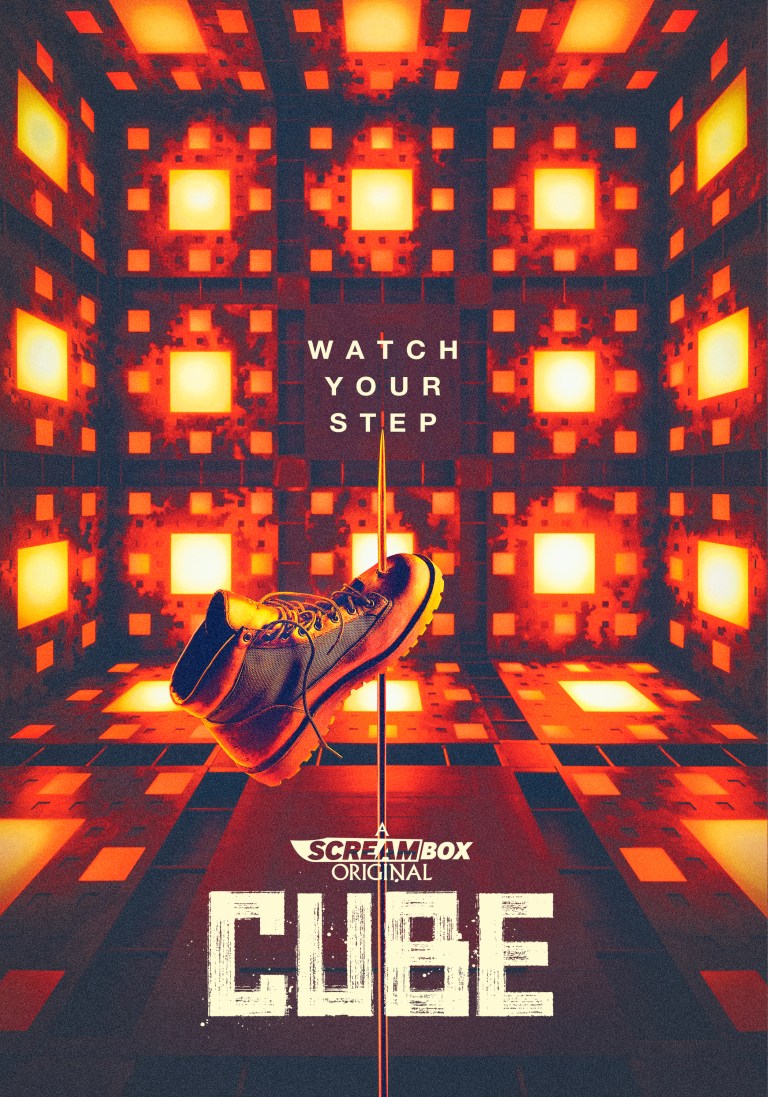‘Cube’ (2021) Review: Is the Japanese Remake Better Than the Original?
Cube (2021), a Japanese remake of the cult classic of the same name from 1997, is now available to stream on Screambox. But is it worth a watch for fans of the original?

Table of Contents
The original Cube is a science-fiction movie from Canada released in 1997. It was a standout independent film at the time, and it went on to become an influential cult classic. Cube spawned a sequel and a prequel in 2002 and 2004 respectively. Then, after many years, a remake of the original Cube was released in Japan in 2021.
The Japanese remake finally has a streaming release in North America (streaming on Screambox starting April 11, 2023), but is the new version worth watching? This review is designed to answer that question for longtime fans of the Cube franchise, as well as for new viewers, by comparing and contrasting Cube (2021) to Cube (1997).
What is Cube (2021) About?
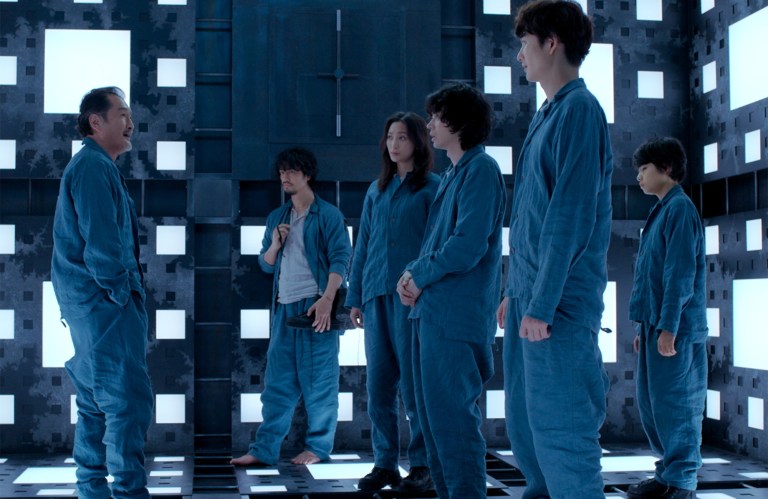
Like the original 1997 movie, Cube (2021) follows a small group of people trapped inside a mysterious cubical structure. Each room is a cube with six square doors (one on each wall, and one each on the ceiling and floor). Each door leads to another room that is nearly identical. The only noticeable differences at first glance are the colors of the lights in each room. However, certain rooms contain deadly traps, so the people inside must proceed carefully as they travel from room to room.
The basic plot of both movies involves the characters trying to find a way to escape. If you’ve seen the original, then you will already know the main way the characters in the remake begin to make sense of the cube’s structure and how they determine which rooms to avoid. The 1997 Cube throws in more dead ends when it comes to the characters’ understanding of the cube, while the Japanese version is more straightforward. The Japanese movie also does a better job of explaining the specifics of the calculations behind the characters’ understanding, making it easier to follow along with them. In the original, you mostly just have to trust that the characters know what they’re doing. Neither movie’s method is inherently better, so it just comes down to personal preference.
As for the stories, they are different between the original and the remake. The original put six total people together over the course of the movie, each with very different outlooks on life and society. As the tension rises, personalities clash and personal philosophies drive people to anger and aggression. Overall, the 1997 movie is largely about society as a whole and the meaning placed on society by an individual’s outlook. The 2021 remake, again, is more straightforward. The overarching theme of the Japanese movie is about the effects of abuse across different generations of people. There are also associated themes such as grief and forgiveness. So, the Japanese remake attempts to focus more on raw emotion, while the original gets more philosophical (though emotions run high in both).
The Characters of Cube (2021)
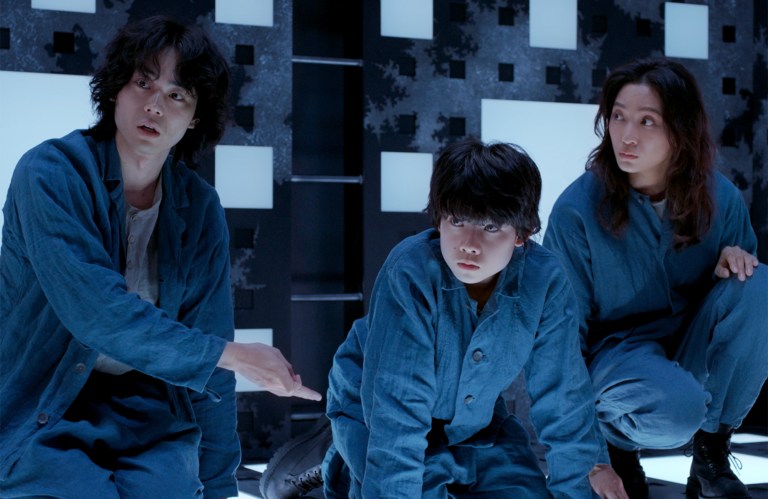
Though Cube (2021) is considered a remake, there is not really a direct correlation between the characters in the remake and the original. Both movies have six main characters, and even though you can make vague comparisons to the characters’ roles in each movie, their personalities and backgrounds are quite different. For people who have seen the original, the character changes mean the remake isn’t just the same movie all over again.
Of the six people trapped together in Cube (2021), there is only one who gets a strong focus. Yuichi Goto (Masaki Suda) is the protagonist of the movie, and he has a fairly thorough backstory. In a huge departure from the original movie, we see pieces of Goto’s life outside the cube, mostly in flashbacks. These moments take us away from the cube which may be an unwelcome break in immersion for some viewers. However, Goto’s memories help give us a stronger attachment to his character, and they help us visually connect Goto to another person inside the cube who becomes important to his character development.

The other five characters in Cube (2021) are given varying degrees of development. Most of their character development must be gleaned from their actions, with some minimal explanations coming fairly late in the film for most characters. This contrasts significantly with the 1997 movie where there is less emphasis on a single character and more of a focus on group dynamics. So, the 1997 movie feels more like an ensemble, while there is a clear difference between main and supporting cast members in the 2021 movie.
The different attitude towards characters in Cube (2021) means that the remake may feel predictable, even if you’ve never seen the original. Once you begin to learn Goto’s backstory, you can probably guess the general direction his progression will go. Even so, the ending is still well done with a few interesting surprises. There is just less tension in the remake than in the original which is largely the result of the changes in characters. In place of the tension is a stronger emotional punch, especially if the story in Cube (2021) connects with you.
The Traps in Cube (2021)
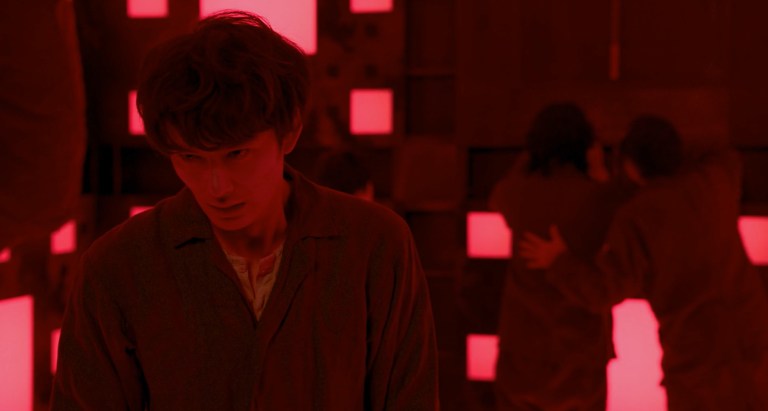
Though the traps aren’t the main focus of either the original or the remake, they are a big reason why the Cube movies are popular. Cube (2021) utilizes mostly new traps. Some are variations of the originals, and others are completely original. The new traps are interesting, but the traps in the original do lead to more explicit gore.
One thing the 1997 Cube does better is how it handles the usage of its traps. In the original, even though it takes a while for the characters to correctly figure out the various triggers for all the traps, once they do, the traps become predictable. Some of the triggers in the remake remain vague up until the very final scene, and even then some viewers may not make the connection. Keeping the triggers largely unknown allows Cube (2021) to spring traps at dramatically appropriate times, but it can also feel like a cheap way to heighten the drama of a scene. But despite the traps and their triggers being better overall in the original, the traps in Cube (2021) are at least interesting to watch.
The Look & Feel of Cube (2021)
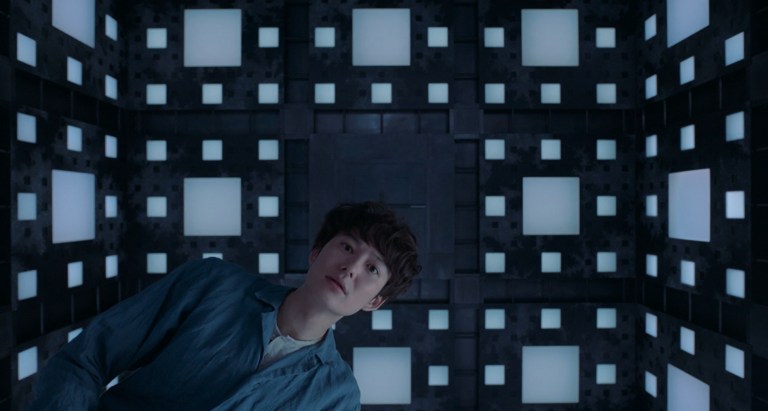
Cube (2021) looks great. The cubical rooms have a more clean and industrial look than the rooms in the 1997 movie. The walls of the original cube had various patterns to break up the symmetry, but the Japanese cube is all about endless rows of squares on every surface. The rooms in Cube (2021) are framed in such a way that makes them feel more imposing than the original, though Cube (1997) often feels more claustrophobic.
Both movies use computer-generated effects for a few of the traps, and neither movie looks particularly amazing in this category when compared to modern, bigger-budget standards. That said, the CGI in Cube (1997) looks good for an indie movie of its time, while the CGI in Cube (2021) looks fine for a lower-budget modern movie. For CGI nitpickers, this might be an issue, but it shouldn’t detract from the overall experience of either movie.
Cube (2021) Review Summary & Recommendation

Cube (2021) is very entertaining. Overall, Cube (1997) is better, but that doesn’t mean fans of that should skip Cube (2021). It’s rarely a fair fight when comparing an original to a remake anyway, and if you look at Cube (2021) as a spinoff rather than a remake, it performs well. Cube (2021) adds some interesting new ideas to the Cube franchise, but it retains enough of the original’s approach to science fiction to make it feel like a worthy addition to the series. Also, its focus on raw emotion will make it more appealing to certain audiences.
Fans of the Cube franchise and of similar escape/isolation style sci-fi movies should definitely check out Cube (2021). It’s also an easy pick for general fans of small-scale Japanese sci-fi movies. If you’re a Screambox subscriber who is more into straightforward horror, you should be aware that Cube (2021) isn’t terribly concerned with being scary. Rather, thriller fans who like some drama with their thrills appear to be the target audience.
Further Reading
- Best Escape Room Movies
- Best Survival Horror Movies
- Best Sci-Fi Horror Movies
- Best Isolation Horror Movies
